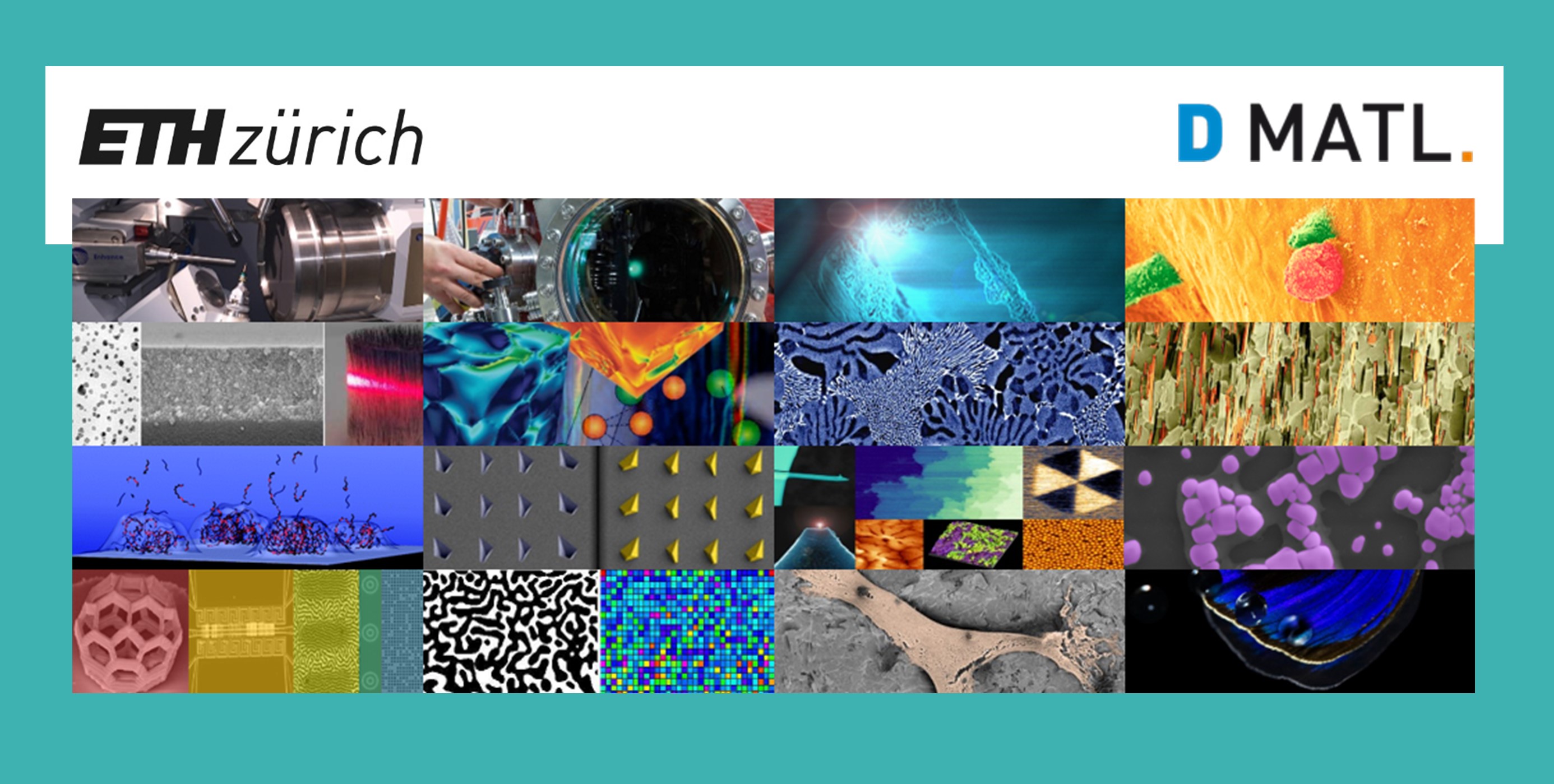Dr. Diane Lançon (Mesoscopic Systems, PSI)
Geometrically frustrated lattices such as the 2D Shastry-Sutherland lattice are known to induce emergent quantum phenomena such as spin liquids, topologically protected states, and complex magnetic order. The spin liquid SrCu2(BO3)2 is a famous example of the physical realisation of the Shastry-Sutherland lattice in an insulator [1], yet there exists a family of rare-earth metal tetraborides that exhibit both lattice-induced geometrical frustration and itinerant behavior [2]. In this context, the magnetic order in the frustrated magnet TmB4 is of particular interest. Through measurements of neutron diffuse magnetic scattering, neutron diffraction experiments and resonant soft Xray scattering, we have demonstrated the co-existence of magnetic order with Q-dependent short-ranged correlations in TmB4 and established the evolution of the unconventional magnetic ordering as a function of temperature and applied field.
[1] M. E. Zayed et al., Nature Physics 13, 962966 (2017)
[2] Linda Ye et al., Phys. Rev. B 95, 174405 (2017)
